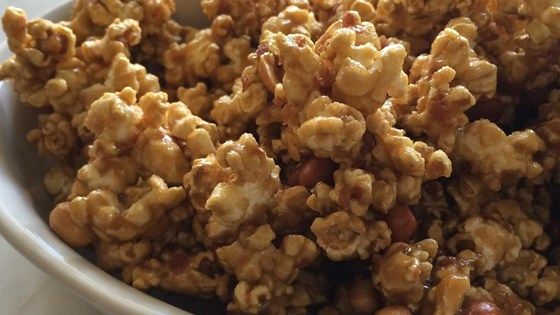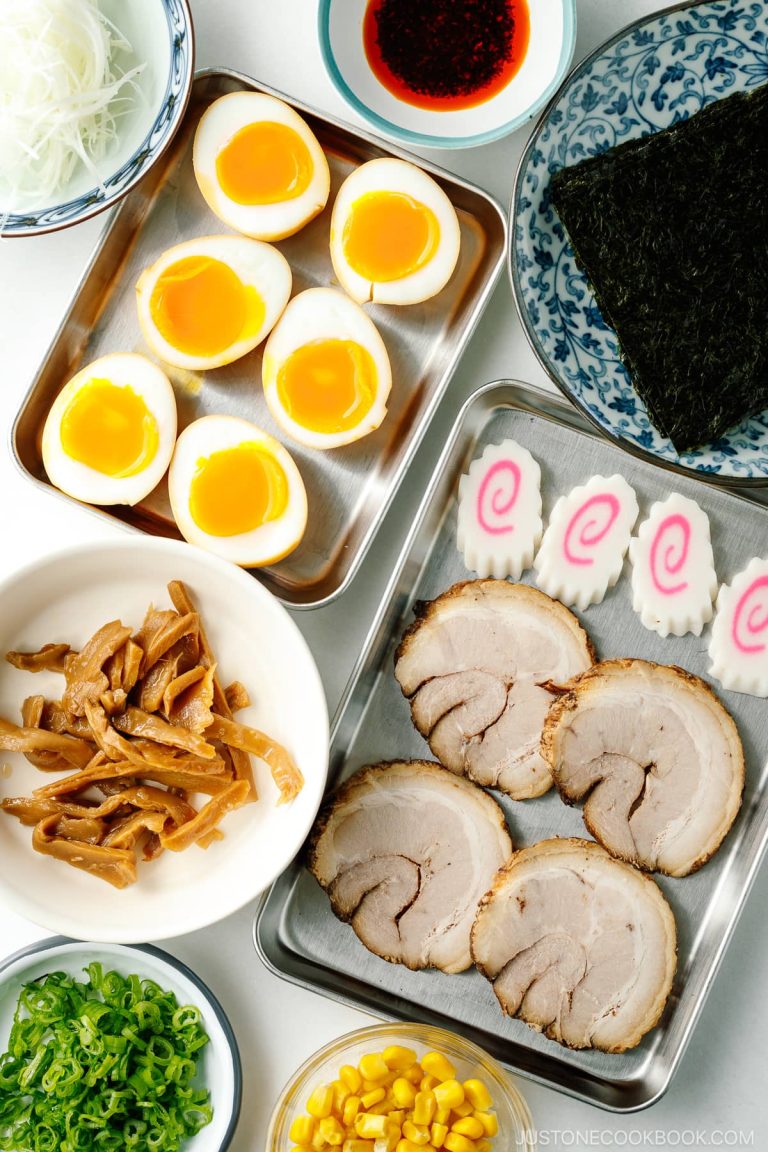Gajar Ka Halwa: Authentic Recipe, Variations, and Health Tips
Gajar Ka Halwa Carrot Halwa holds a celebrated place in Indian culinary traditions. Originating during the Mughal era, it quickly became a favorite in royal kitchens. This dessert, known for its rich texture, symbolizes prosperity and festivity. It was often prepared during winter months when carrots, the main ingredient, were in season. Historical records highlight its presence in grand feasts and celebrations, making it an integral part of Indian heritage.
Regional Variations Across India
Throughout India, Gajar Ka Halwa Carrot Halwa sees various regional adaptations. In North India, particularly in Punjab, it features a generous amount of ghee and khoya, enhancing its richness. In Maharashtra, chefs add dried fruits like dates and cashews for additional flavor. Bengal’s version often includes a blend of spices such as cardamom and saffron. Each region brings its local ingredients and traditions to this iconic dessert, creating diverse and delightful variations recognized nationwide.
Key Ingredients and Traditional Preparation
Essential Components of the Recipe
To make Gajar Ka Halwa, you’ll need specific ingredients. These core components ensure the authentic flavor and texture of this classic dessert.
- Carrots: Use fresh, tender, and red carrots for a vibrant color and natural sweetness.
- Milk: Full-fat milk is ideal for a rich, creamy base.
- Ghee: Clarified butter adds a nutty flavor and smooth texture.
- Sugar: Adjust the amount to balance the sweetness of the carrots.
- Khoya: Dried milk solids enhance the dessert’s richness.
- Cardamom: Ground cardamom infuses a subtle, aromatic flavor.
- Dried Fruits: Include almonds, cashews, and raisins for added texture and taste.
- Grate the Carrots: Finely grate fresh carrots to ensure even cooking.
- Cook Carrots in Milk: In a heavy-bottomed pan, combine grated carrots and full-fat milk; cook until carrots are tender, and milk is reduced.
- Add Ghee: Stir in the ghee, cooking the mixture until it’s fragrant and carrots start to caramelize.
- Incorporate Sugar: Add sugar, stirring constantly to dissolve and blend it well.
- Integrate Khoya: Mix in khoya, further cooking until the halwa thickens and moisture evaporates.
- Season with Cardamom: Sprinkle ground cardamom to enhance the aroma.
- Garnish with Dried Fruits: Top the halwa with chopped almonds, cashews, and raisins, stirring gently to distribute evenly.
Consistent stirring is essential to prevent burning and ensure a smooth texture. This traditional preparation method yields a rich, flavorful Gajar Ka Halwa, capturing its historic essence.
Health Benefits and Nutritional Value
Nutritional Components of Carrots
Carrots are an excellent source of nutrients. One cup of raw carrots contains about 52 calories, 12 grams of carbohydrates, and 4 grams of sugar. Rich in Vitamin A, carrots support eye health and immune function. They also provide fiber, which aids digestion, and antioxidants like beta-carotene, which reduces oxidative stress. Including these in Gajar Ka Halwa ensures you get these benefits along with the dessert’s rich taste.
Balancing Taste with Health
Gajar Ka Halwa can be both delicious and nutritious. Using fresh carrots ensures you retain maximum nutrients. Opt for full-fat milk which contains Vitamins D and B12, aiding bone health and red blood cell formation. Limiting sugar and ghee can make the dish healthier without sacrificing flavor. Incorporating dried fruits adds natural sweetness, fiber, and essential minerals like iron and potassium. This way, you create a balanced dessert that’s both indulgent and beneficial to your health.
Modern Twists and Variations
Fusion Recipes and Contemporary Flavors
Gajar Ka Halwa has inspired various fusion recipes, blending traditional flavors with modern twists. You can experiment with incorporating chocolate by adding cocoa powder or melted chocolate, offering a rich, decadent treat. Fusion desserts incorporating international flavors, like a Carrot Halwa Cheesecake, marry the traditional Indian dessert with classic Western favorites. Another popular variation includes infusing the halwa with exotic fruits like pineapple or berries, providing a refreshing tangy note. For those who enjoy a bit of crunch, adding nuts like almonds or pistachios can enhance the texture and depth of flavors.
Dietary Adjustments for Diverse Needs
You can tailor Gajar Ka Halwa to accommodate various dietary requirements. For a vegan version, substitute ghee with coconut oil or plant-based butter and replace dairy milk with almond or coconut milk. Sugar can be swapped with natural sweeteners like date syrup or maple syrup for a healthier option. Gluten-free variants remain naturally so, but you can ensure all ingredients are certified gluten-free to avoid cross-contamination. For those watching their sugar intake, using monk fruit sweetener or stevia can maintain sweetness without added calories.
Serving and Presentation Tips
Ideal Accompaniments and Serving Suggestions
Pairing Gajar Ka Halwa with complementary items elevates the dessert experience. Serve it warm to enhance its flavors. Common accompaniments include a scoop of plain vanilla ice cream or a dollop of fresh cream. This contrast of temperatures and textures creates a delightful experience for your taste buds. You can also serve it alongside other Indian sweets like Gulab Jamun or Rasgulla for a mixed dessert platter. Garnish with slivered almonds or pistachios to add a crunchy texture.
Decorating for Special Occasions
Elevate Gajar Ka Halwa presentation for special occasions using decorative touches. Use silver leaf (varak) to add a touch of elegance. Arrange halwa in individual serving bowls and top with finely chopped nuts and dried rose petals. For a modern twist, layer halwa in dessert glasses with whipped cream or custard. During festivals, consider molding the halwa into shapes using molds. A sprinkle of edible gold dust enhances the visual appeal.
Conclusion
Gajar Ka Halwa isn’t just a dessert; it’s a celebration of flavors and tradition. Whether you stick to the classic recipe or experiment with modern twists, this dish offers endless possibilities to delight your taste buds. By incorporating fresh ingredients and considering dietary adjustments, you can enjoy a healthier version without compromising on taste. Enhance your presentation with creative garnishes to make it a showstopper at any gathering. So, gather your ingredients and start cooking—your journey to mastering Gajar Ka Halwa awaits!






